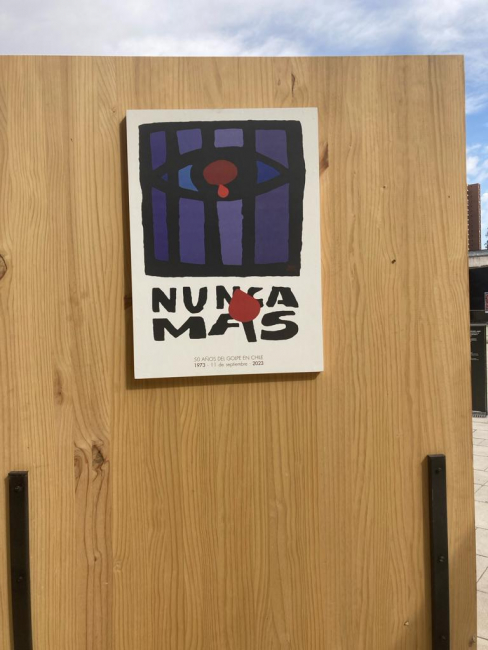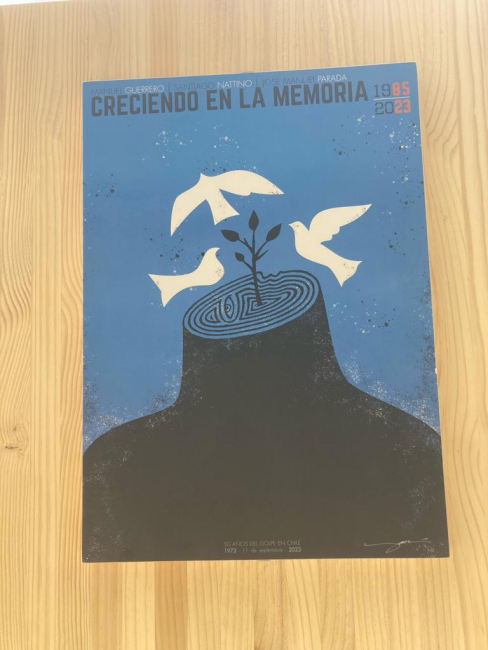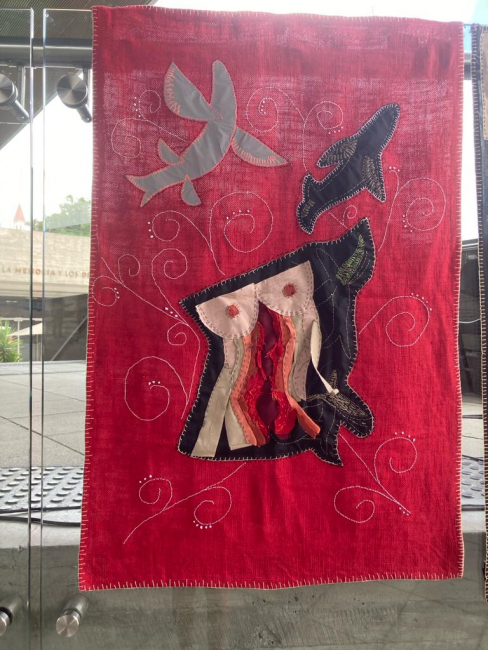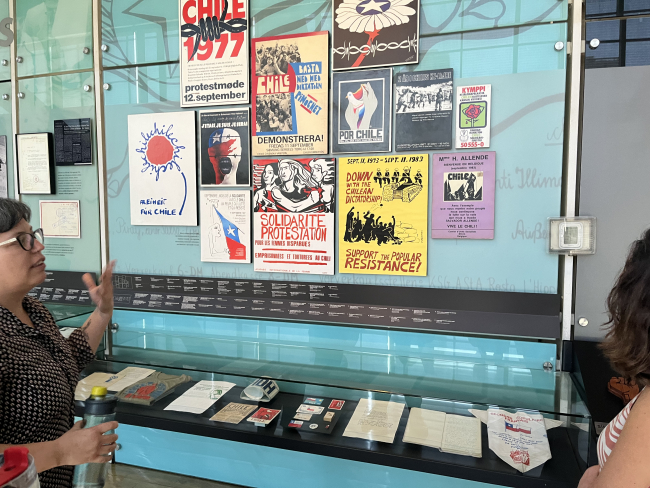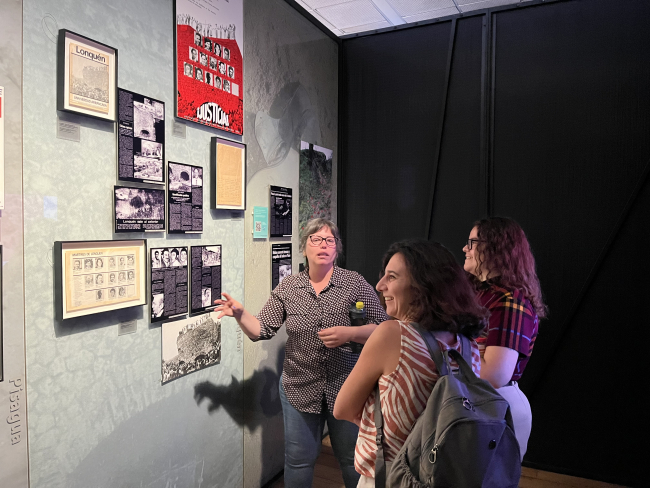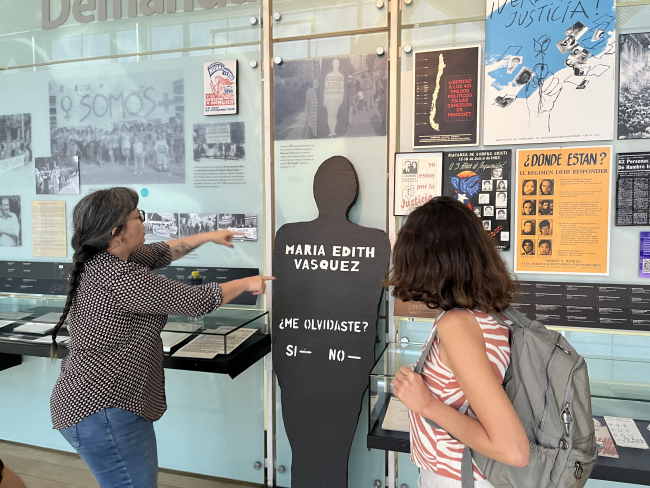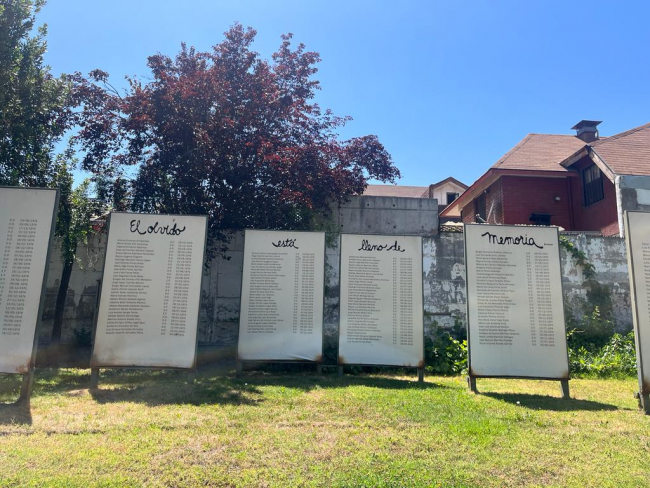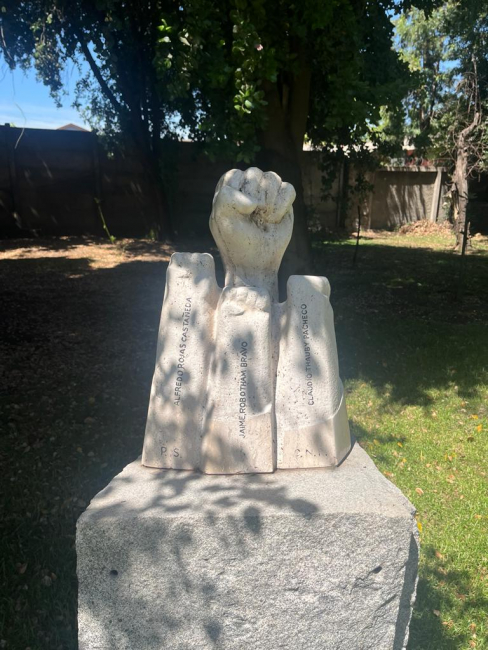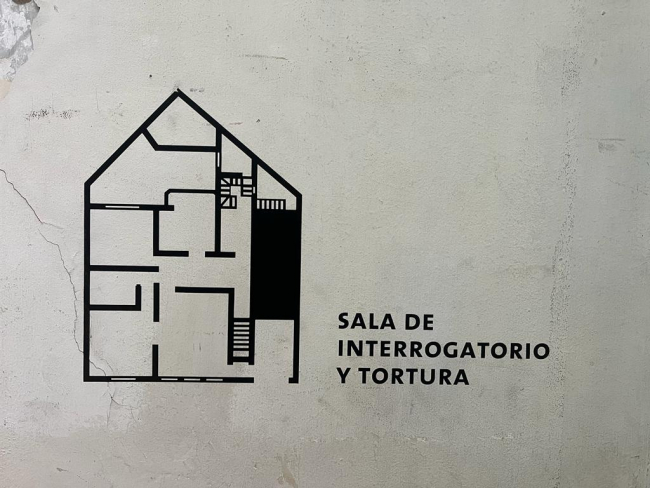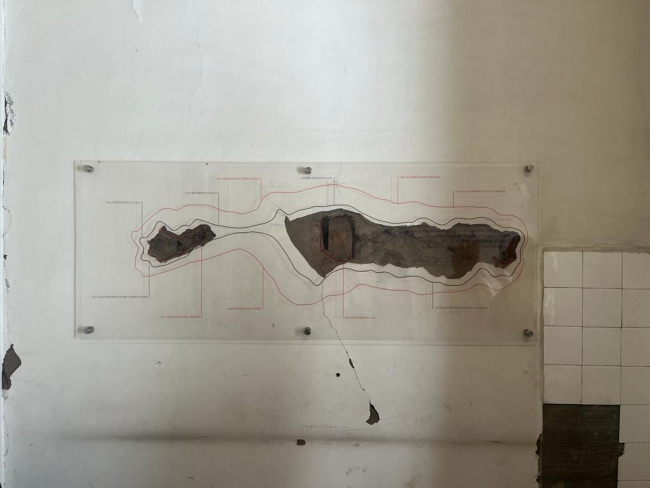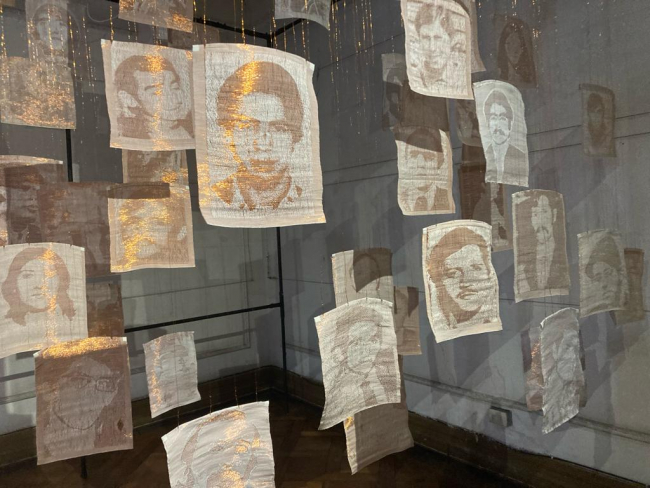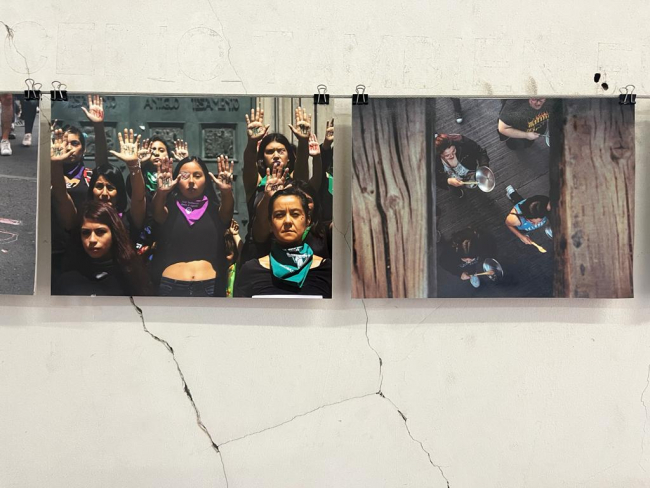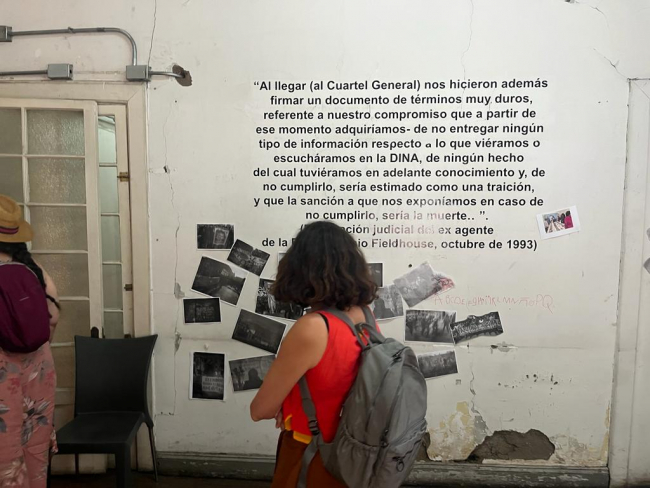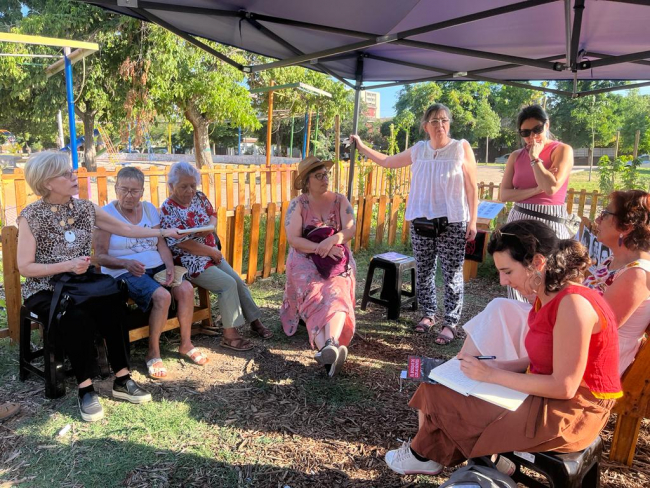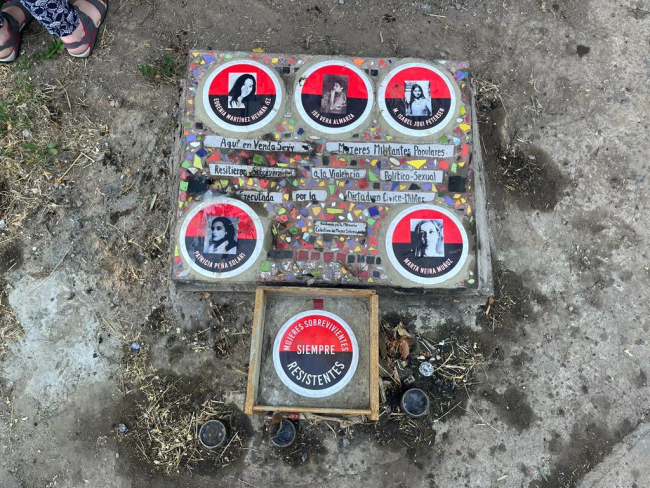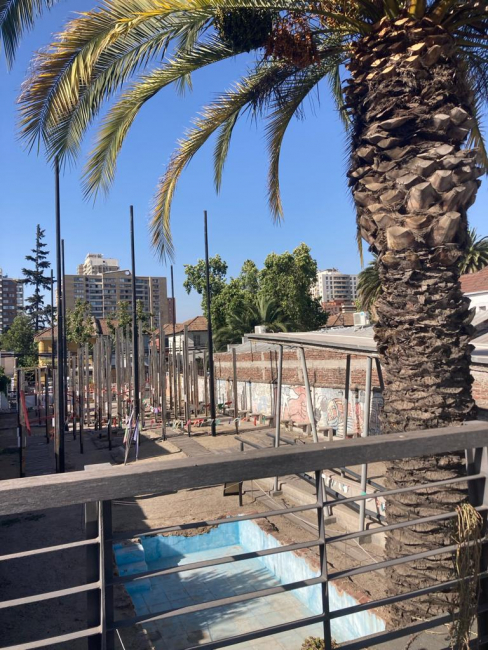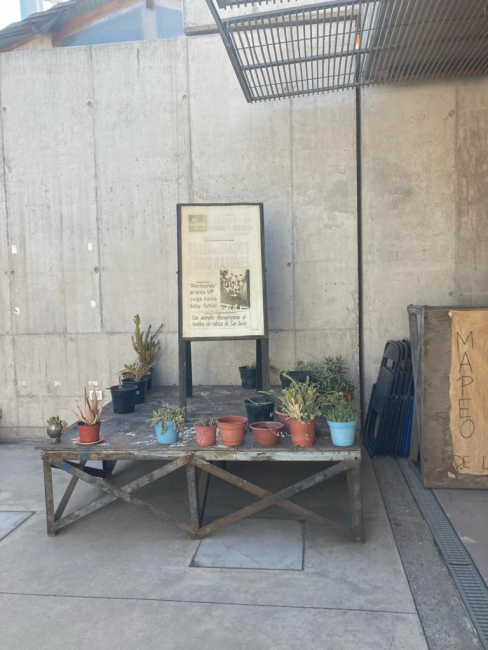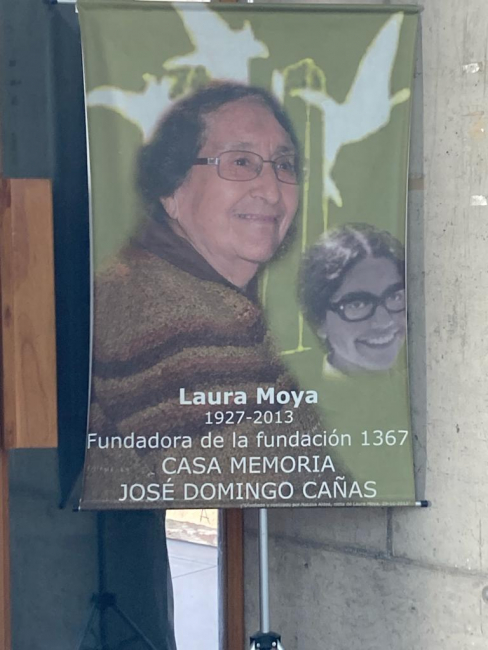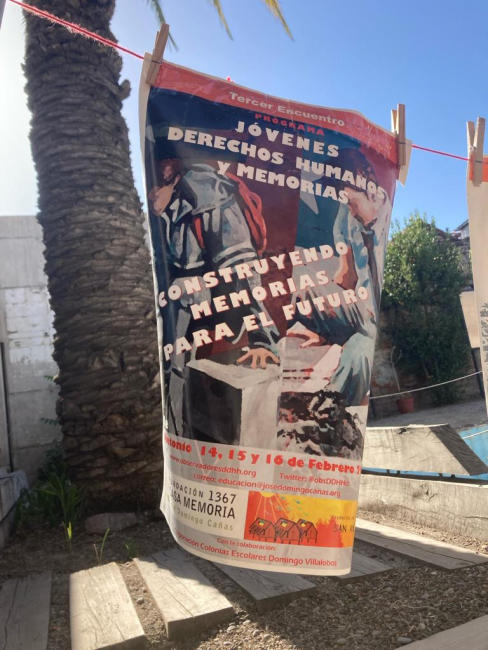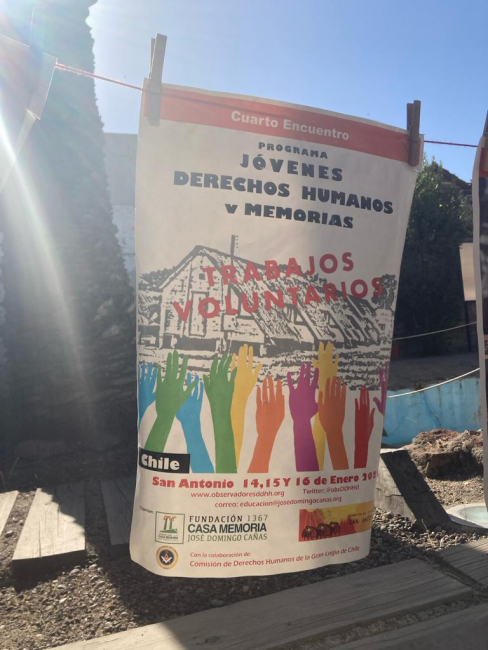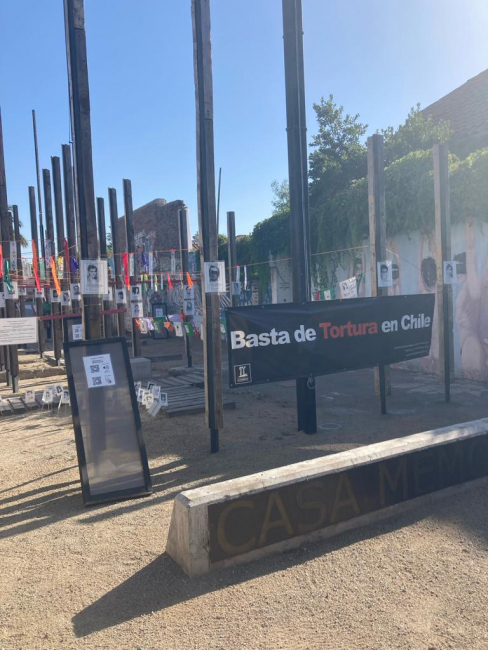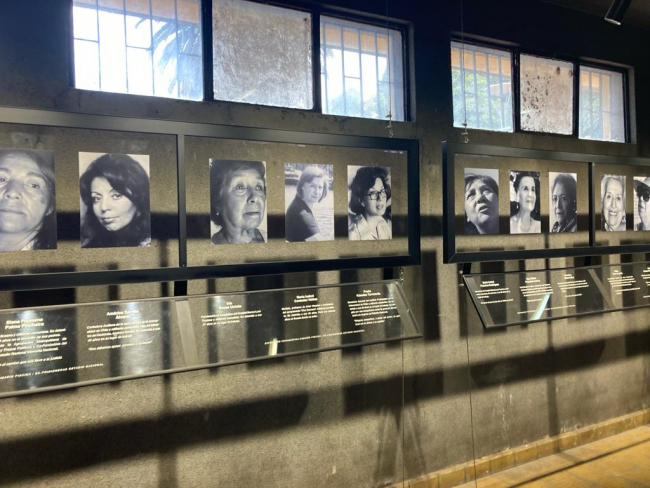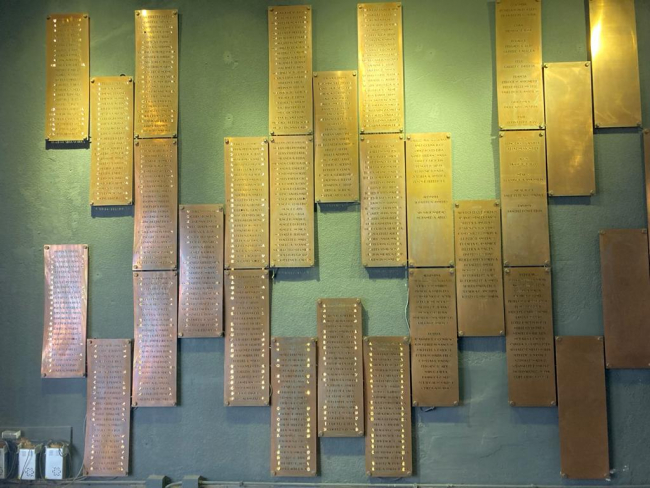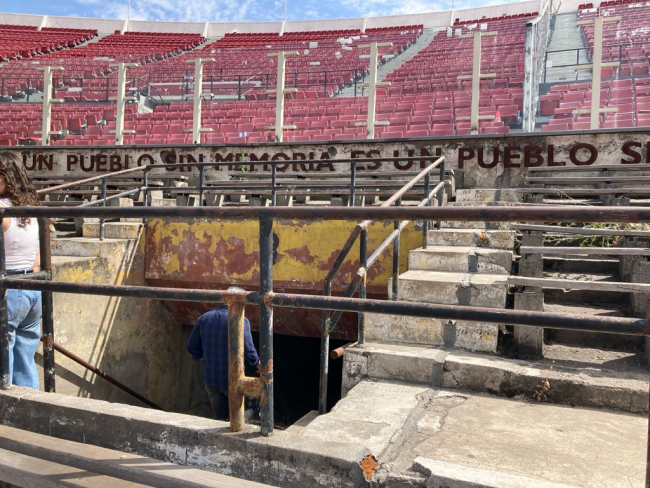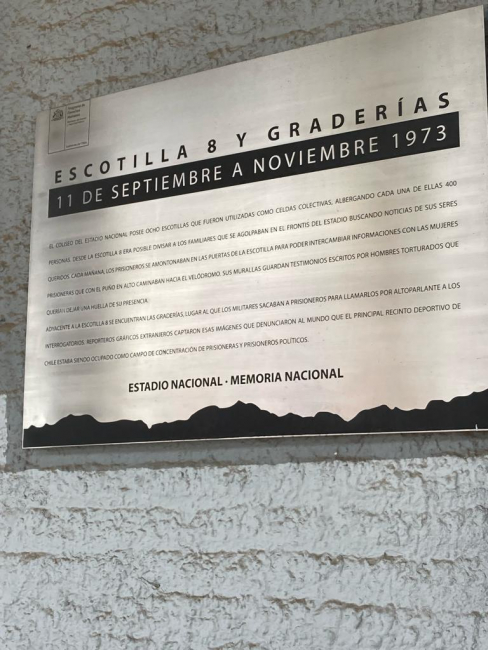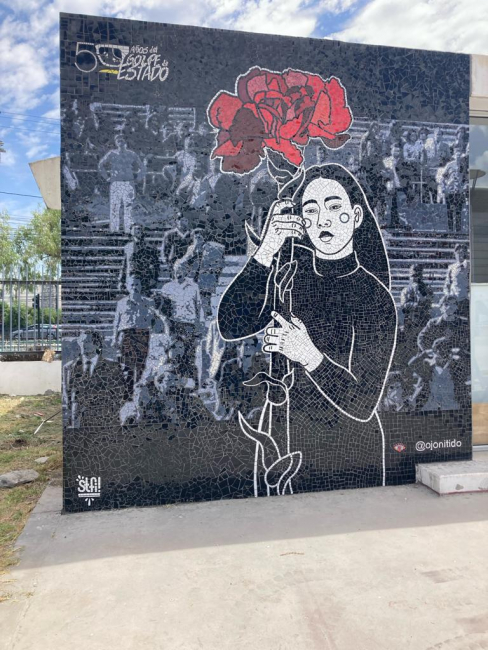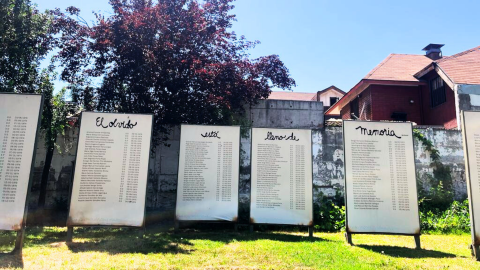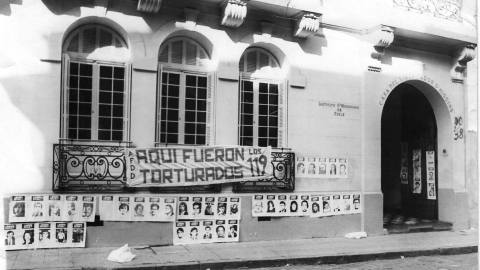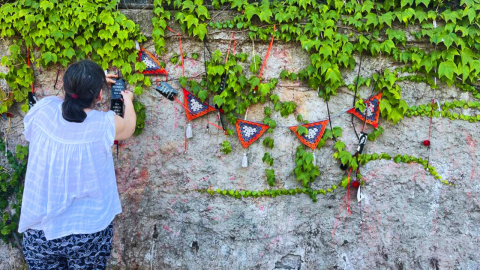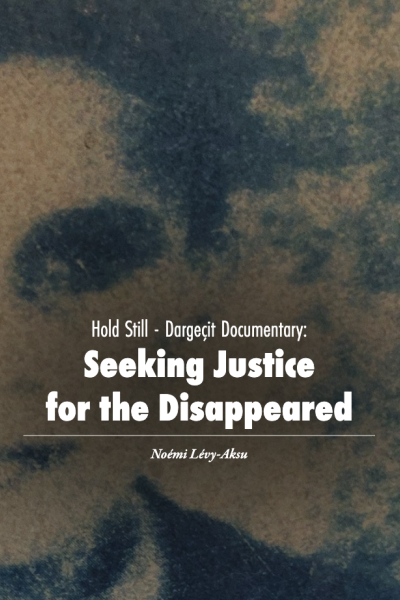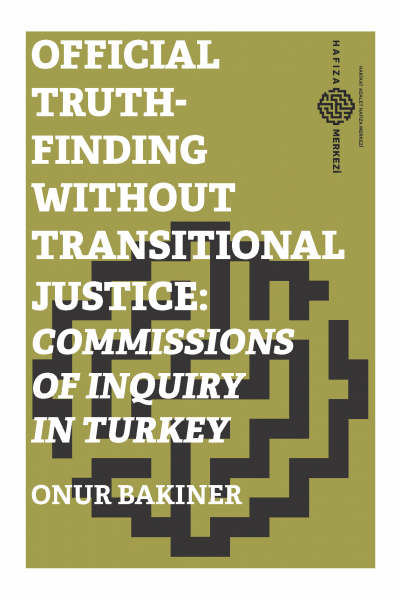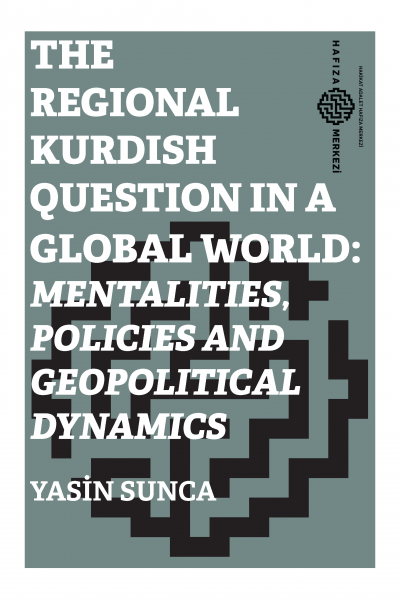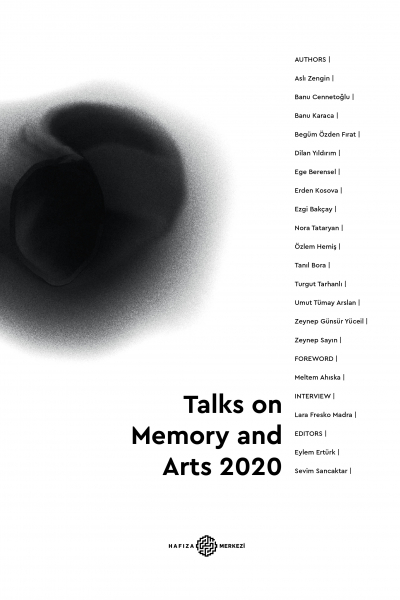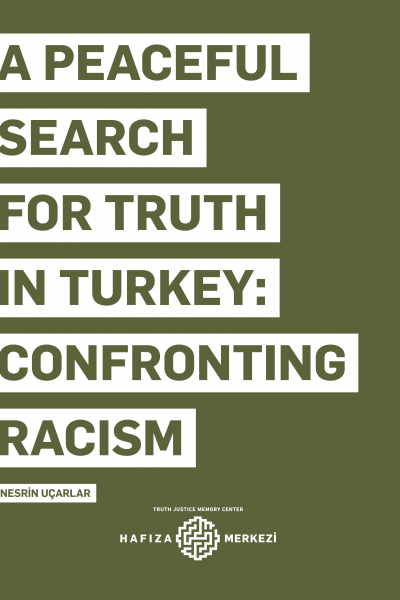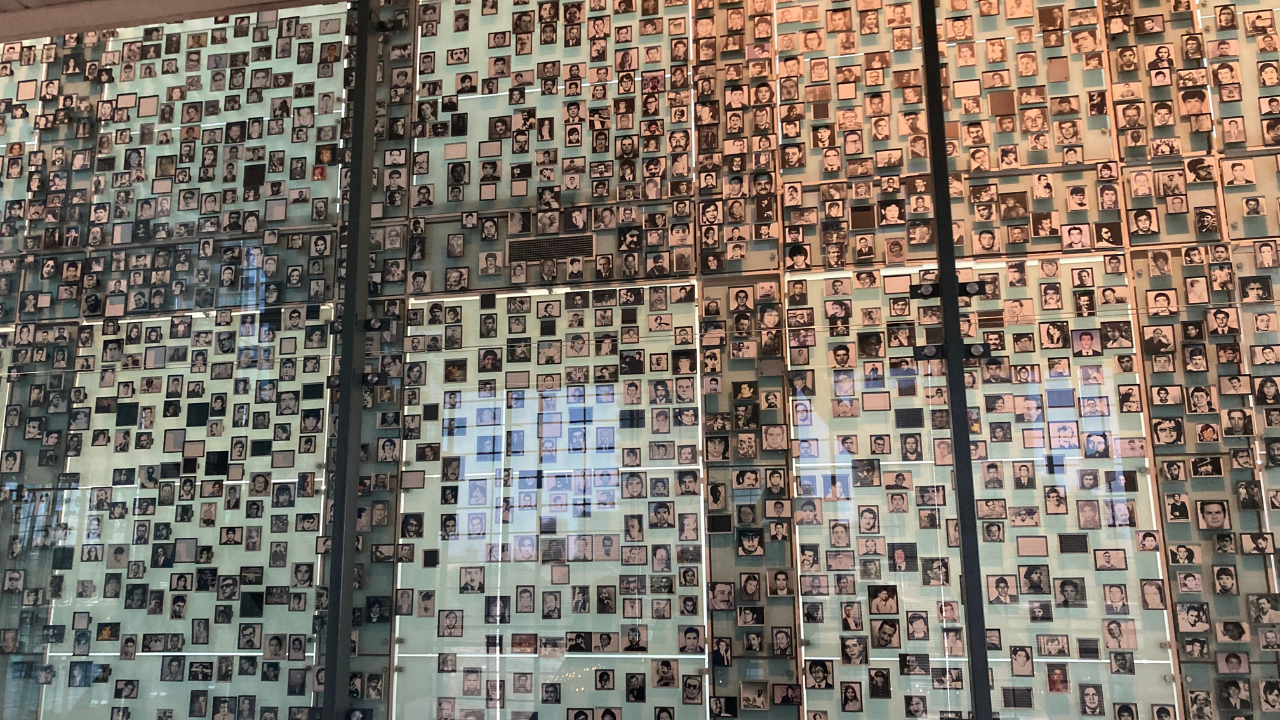
Notes from the Field: Memory Sites of Santiago
Noémi Lévy-Aksu and Merve Bakdur from our Memory and Peace Studies Team conducted a field visit to Chilean capital Santiago between 7 and 13 January 2024. The visit was supported by the Project Support Fund of the International Coalition of Sites of Conscience (ICSC). In the framework of this project, Hafıza Merkezi and Museum for Memory and Human Rights (MMDH) started to exchange ideas and organize workshops on methods of memorialization, gender and intergenerational dialogue in 2023. The aim of the visit to Santiago was to visit the MMDH and memory sites related to the period of dictatorship in Chile and to meet with different initiatives and activists in the area of memory and human rights. In this article, our Memory and Peace Studies Program Director Noémi Lévy-Aksu shares the content of the field visit and her initial impressions on the sites visited. In the coming weeks, Lévy-Aksu and Bakdur will conduct a series of interviews with people they’ve met on the trip.
The field visit started with the visit of the MMDH, a museum which was inaugurated in 2009 by the then President of the Republic Michelle Bachelet. The museum addresses the human rights violations perpetrated by the Chilean state between 1973 and 1990, under the dictatorship of Pinochet, and honors the memory of the victims and their families, while stimulating the discussion on human rights and tolerance, to guarantee the non-repetition of these crimes. As a space of memory and education, the MMDH is a (late) result of the transitional justice process which took place in Chile after the return to democracy. The MMDH permanent exhibition is organized chronologically and thematically, and covers the period between 1973 and 1990.

Francisca Davalos guided us through the exhibition, commenting on the main themes addressed by the museum, such as the military coup of September 11th, 1973 as well as the gross human rights violations perpetrated against a wide range of opponents during the dictatorship, resistance, and the transition to democracy. Featuring original archives and documentation donated to the Museum, the exhibition has been regularly revised to integrate new dimensions, such as the specific experiences of women under repression. The discussion with the museum staff was useful to better understand their educational work with children and youth, and the role the museum intends to play in society, through working with a wide range of state institutions, activists and artists, and connecting past and present issues and struggles (such as feminism, children’s rights, migration).
The second day was devoted to Villa Grimaldi, a memory site located on the outskirts of Santiago. In 1974, the National Intelligence Direction (known as DINA, Chilean secret police during the government of Pinochet) acquired the estate and transformed it into one of its main detention centers. The villa is emblematic of the brutal political repression between 1974 and 1978, when the state used a number of secluded, secret places, where prisoners were detained, tortured and sometimes executed or forcibly disappeared. Around 4500 prisoners passed through Villa Grimaldi between 1974 and 1978, of whom 241 were executed or are still missing. The buildings were then demolished to erase all traces of the repression. After the end of the dictatorship, the site was recovered by victims’ and human rights activists and inaugurated as the Park of Peace in 1997. The visit through the park with one of the guides of the Villa and Soledad Castillo, a survivor who was detained at 15 and evoked the systematic use of political sexual violence in the Villa. Villa Grimaldi is also an educational space, which hosts school visits and works for transnational dialogue.
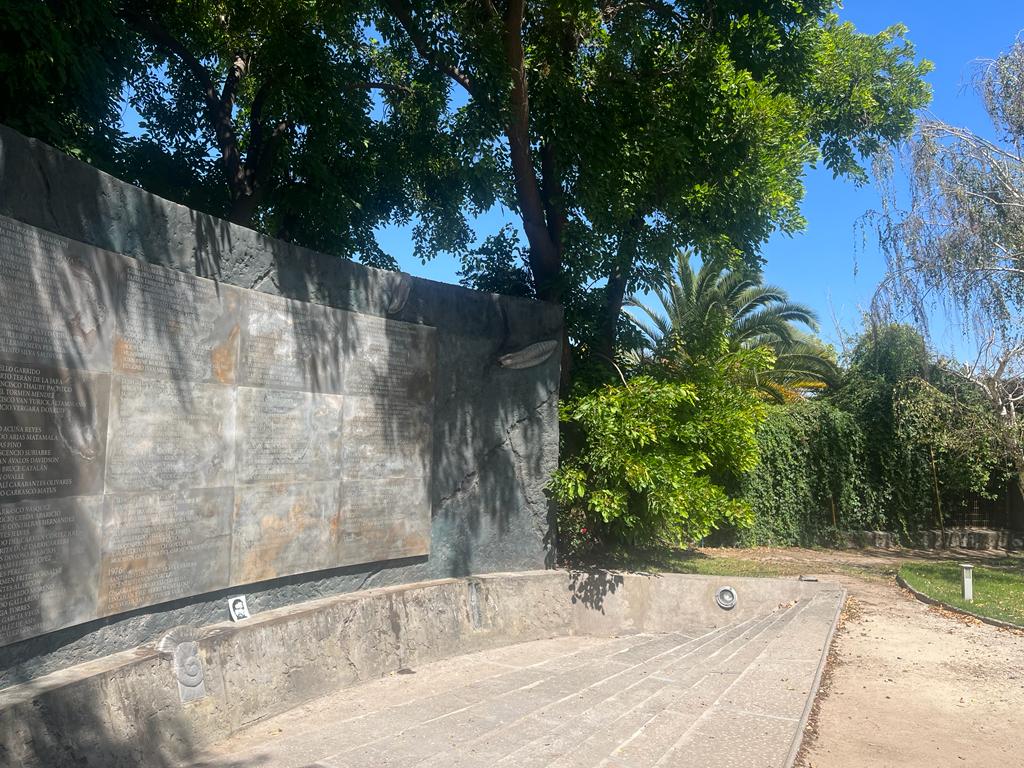
On the third day, the team visited Londres 38, located in the center of the city and used as a secret detention and torture center by the DINA between 1973 and 1975. Around 2000 people were detained there during this period, among whom 98 were executed or disappeared. 60% of the prisoners were members of the the Revolutionary Left Movement (MIR), reflecting the heavy political repression against this revolutionary movement, which counted a lot of students/young people, during the first year following the coup. The site has been recovered in 2007 and while not much of the original interior lay-out remains, it has become an important activist space that attempts to connect the past and the present and to show the relevance of the past political struggles for our present contexts, in collaboration with grassroots organizations, artists collectives, municipalities and universities. A temporary exhibition was thus devoted to social protests which occurred in Chile in the last years.

The afternoon was devoted to Iran 3037, a space which does not exist yet as a site of memory, as it is still inhabited by its owners. The villa was acquired by the DINA in 1974 and operated between 1974 and 1977, as a secret place of detention, torture and execution. The place was also known as “Venda Sexy” and “Discoteque”, as it witnessed horrible sexual violence while loud music was used to cover the victims’ screams. 33 victims were killed or disappeared in the Iran 3037. Since 2016, the collective has demanded that the house be transformed into a site of memory. The state has finally bought the house from the current owner, who should vacate the house in 2024. The discussion took place in the Memory Grove located close to the villa, where the collective active in the recovery of the house meets and commemorates the victims. Alejandra Holzapfel, a survivor, shared her experience of torture and sexual violence. The discussion, which was spontaneously joined by neighbors, focused on Allende’s government, impunity and the transformation of the site.
The fourth day (January 11th) corresponded with the 14th anniversary of the MMDH. We attended a short concert and participated in an embroidery workshop with Memorarte Arpilleras Urbanas, a collective of women embroiderers, who create pieces for the promotion of human rights and intervene in public spaces and protests, to ask for justice and denounce different forms of violence and inequality.
On the afternoon, we visited Casa Memoria Jose Domingo Cañas 1367, located on an estate which was used as a center for detention, torture and executions by the DINA in 1974. The specific objective was the elimination of the MIR militants: 98% of the people detained belonged to the MIR. The house was demolished in the early 2000s but the estate was classified as a historical monument, and the Casa Memoria (House of Memory) was inaugurated in 2010. It includes several memorials to the victims, but defines its mission as education, resistance and solidarity, rather than mere remembering. Its activities include an Observatory of Human Rights with a special focus on prisons and social protests, and youth programs.

The trip ended with the visit of the Estadio Nacional (National Stadium), used for 58 days in 1973 as a concentration camp and torture facility for around 20,000 prisoners, who belonged to all sectors of Chilean society. Still in use as a sports complex, the stadium received the status of historical monument in 2003 and has become a site of memory, with different sections which have been conserved as they were in 1973. The discussion focused on the publicity and brutality of repression, and on the efforts of the “National Stadium, National Memory” Corporation to engage the whole society, beyond the left, with the assumption that human rights and democracy are values that should be defended by all social and political components.
The field visit was extremely useful to understand the politics of memorialization of the dictatorship in Chile. Even if the context of Chile differs in many respects from the case of Turkey, the observations and discussions made during the trip offer an interesting perspective to discuss the methods, objectives and scope of the memorialization of human rights violations and dictatorial regimes in other contexts. Collaboration with the MMDH will continue in the next months and the Memory and Peace studies team will work on report which will focus on the Chilean case to analyze more in depth themes such as the politics of memory, the spatial dimension of memorialization, the relationship between memory and justice and the educational function of memory sites.
Click here to see the detailed itinerary of the field visit.

